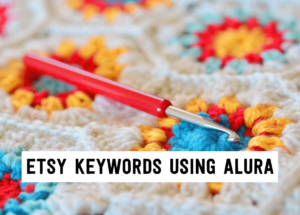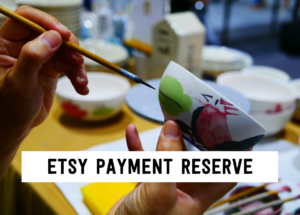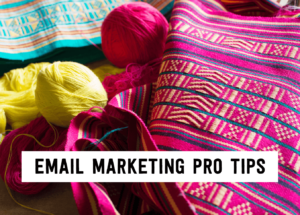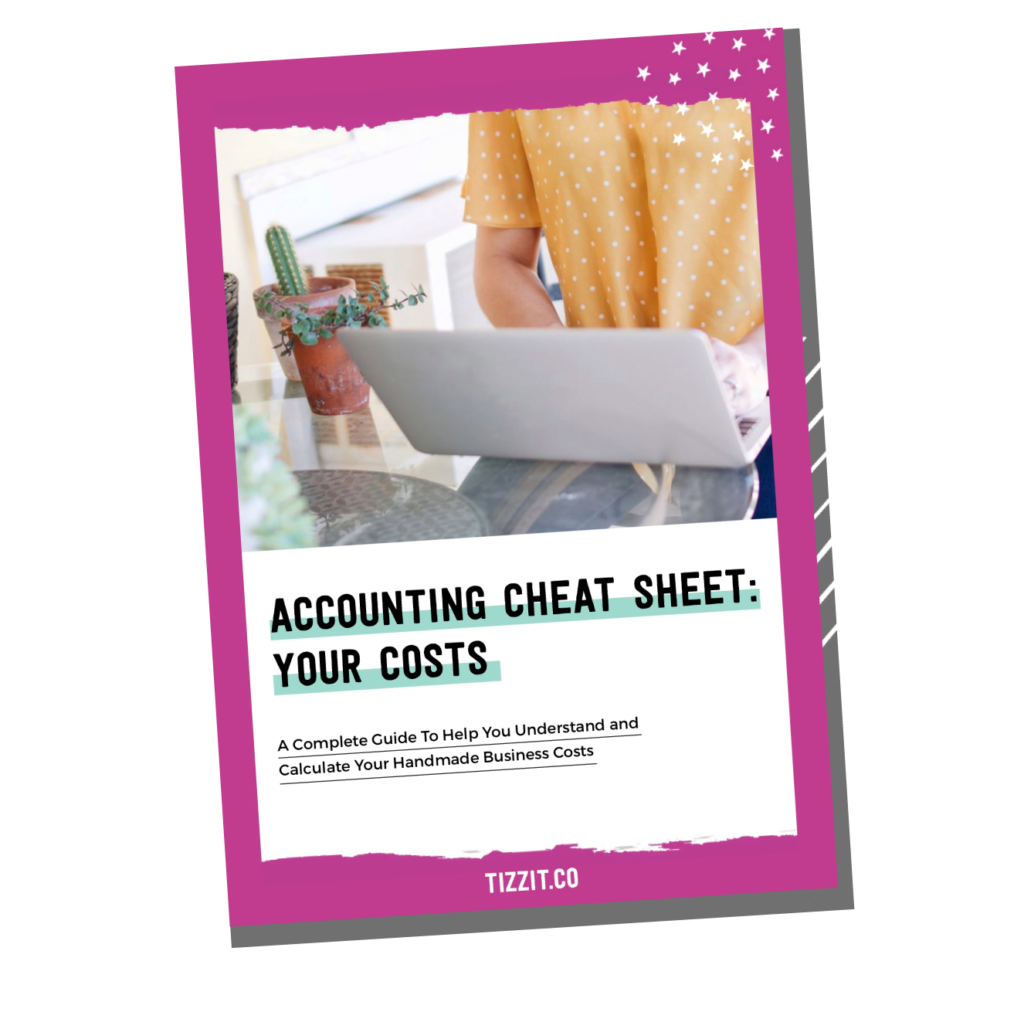
How to find the best Etsy keywords in 3 simple steps using Alura
If you want to be found in search results on Etsy, you need to optimize your product listing for SEO. And if you want to
join
join
If you have a creative hobby that you’d like to turn into a full-time gig, you’re probably wondering where to start and when “it will finally happen” so you’ll be able to quit your 9 to 5. Whether you’re just in the planning stage, or already selling on Etsy or at local craft markets, there’s one thing you need to be clear on: money.
If numbers aren’t your thing and you’ve been avoiding the topic, this blog post is for you. Accounting might not be your favorite part of running your own business but it’s also your key to financial freedom and a profitable shop.
Keep reading to gain clarity on how to account for your business costs (fixed, variables, COGS, overhead, etc.).

e-com sales on tap training
simple step-by-step plan to grow your online store sales into a consistent and predictable income with the Reliable eCom Sales System
The first thing you need to be clear on is how much does running your handmade business cost you even if you’re not making one single sale that month.
These costs are called fixed costs because they do not vary according to the numbers of sales you make. In other words, no matter how many products you make or sell on any given month, there will be expenses that you have to pay no matter what. These are your fixed business costs or costs that you have to pay to operate your business.
Another word for it that you might have seen or heard before is overhead.
Fixed costs = Overhead = Operating costs
Fixed costs (or overhead) include things like your studio rent, insurance, monthly plan for your website (hosting or shopify fee for example), office supplies, travel expenses to participate to markets and craft fairs (fuel, hotel, etc.), social media tools (hootsuite, etc.), shipping software, accounting and bookkeeping software or fees, etc.
Variable costs are costs that vary depending on your production volume. The more products you make and sell, the more you will have to pay in variable costs. This is because these costs are directly related to the product creation process.
Another word for variable costs that you could have seen or heard of is Cost of Goods Sold or COGS. This sounds complicated but don’t worry, it isn’t. It’s just a fancy word that accountants love to use to say “variable costs”.
Variable costs = Cost of goods sold = COGS
The reason for it is simple:
If every time you make and sell a product, your variable costs increase, it is like saying that there is a cost to selling this product: something that adds up to your fixed costs and that you wouldn’t have had to pay if you didn’t make and sell that product.
For that reason, variable costs are called “cost of goods sold” or in plain english “what it costs you to sell your products”.
Variable costs include things like: shipping and packaging costs for each product, and raw materials and supplies needed to create your products.
You can also include to your variable costs a percentage of loss for damaged supplies you received and couldn’t use or for pieces that you won’t be able to sell after all because of a defect that came up during the creation process.
Lastly, it’s important to understand how to account for labor costs.
As a maker, you spend a lot of time actually making your products, and you need to pay yourself for that time. You have to account for it.
Your labor costs are:
Time spent creating a product X Your hourly wage
It will be different for each product.
Labor costs are overlooked by most handmade business owners because it can be hard to know exactly how much time you spend creating each product. But it is crucial to your business as this will affect your pricing strategy, and ultimately your profit. Don’t make the same mistake and run a test: create the same product 5 times and record how long it takes you on average.
NB: if you follow the logic of variables VS fixed costs that I explained above, then you will want to add your labor costs to your variable costs. After all, the more products you sell, the more time you spend producing them, the more you should be remunerated right? Well, no. I know it is counterintuitive to what I just told you about variables costs (COGS) but do not incorporate your labor cost in your variable costs. Keep them separate.
Ok, now that we’re clear on what is what, it’s time to get to the nitty gritty and calculate your costs accurately. To help you do so, I have created an accounting cheat sheet that will guide you through each step. Do not panic, I made it so easy your nephew could do it 🙂
you might also like…
related articles

If you want to be found in search results on Etsy, you need to optimize your product listing for SEO. And if you want to

There has been a lot of talk in the Etsy community — and I mean A LOT of talk — about Etsy’s payment account reserve

Anyone who knows me knows that I am a HUGE advocate for using email marketing to grow and scale your handmade business. But you may
disclaimer
subscribe to youtube
THE LAUNCHPAD
get in touch
We acknowledge and give thanks to the Budawang and Yuin people, the Traditional Owners of the land we work and live on. We pay our respects to all Aboriginal and Torres Strait Islander Peoples and elders past, present and emerging.

learn how to grow your online store sales into a consistent and predictable income

free download: handmade shop costs cheat sheet
great resource tools
So do we include the fixed costs in the price of products? Or is it just informative, so we know how much it should be every month. Thank you in advance.
it’s included as part of your costs formula 🙂
Deb,
How do I account for the hours I spend photographing, driving to the post office, or answering customers’ emails? Should they be included in the product price, or do those hours count as marketing/customer service and therefore should not be included?
Thanks.
Hi LF, Thank you for your note! You might be interested to check out this lesson of Deb: https://www.hq.tizzit.co/handmade-pricing-masterclass/ Happy Holidays!